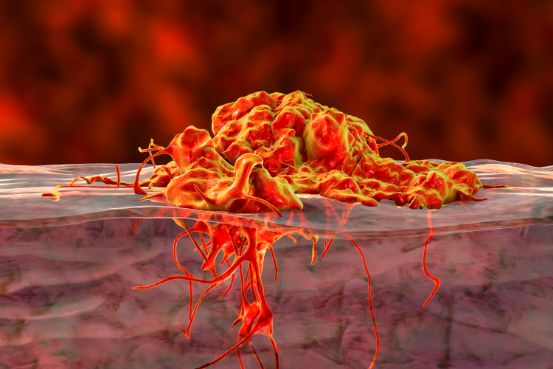These cells may belong to one or more of the body’s organs or tissue systems. They are also capable of self-renewing and dividing to form new cancer cells. These cells have also been shown to migrate to distant regions of the body in response to injuries. While these findings may not prove the existence of cancer stem cells, they do help researchers identify ways to target them.
The theory of cancer stem cells is intriguing for the treatment of cancer, especially since they may help explain clinical relapses of patients with metastatic forms of the disease. However, many scientists are skeptical, believing that targeting cancer stem cells will not produce dramatic results. However, some are willing to take the chance that cancer stem cells exist and offer a potential cure. Cancer stem cells are also a source of resistance for chemotherapy and other treatments.
The onset of malignancy is believed to result from the accumulation of mutations in key genes. These mutations typically occur after direct insults or from random errors during gene copying prior to cell division. Rare stem cells are the only long-lived cells found in the organs where most cancers originate. Therefore, they are considered the most likely repository for cumulative genetic damage. The next step in fighting cancer stem cells is to understand how they can transform into cancer.
Researchers are looking for ways to train immune cells or antibodies to recognize cancer stem cells. This might mean using drugs to force cancer stem cells to differentiate and die on their own. That way, patients can receive effective treatment while their non-tumorigenic cells can remain healthy. In the meantime, cancer stem cells may act as reservoirs of cancer cells. They may even recur after treatment. Therefore, identifying cancer stem cells early can improve the chances of remission.
Although these results are encouraging, there are still many unknowns about the nature of cancer stem cells. Although the presence of these cells is thought to be a key factor in cancer, the exact mechanism by which cancer stem cells repopulate tumors is still not fully understood. There are several approaches to killing cancer stem cells, including molecular targeted therapy, natural compounds, differentiation therapies, and other methods. But no therapy has been proven effective in treating cancer stem cells.
Scientists began to study the ability of tumor cells to differentiate into different types, which led them to develop the first methods of anti-cancer therapy. The discovery of cancer stem cells began in the 1950s and the 1960s. Research on solid tumors and blood malignancies led to the discovery of basic principles governing the development of healthy tissue. However, conventional therapies fail to kill cancer stem cells and are not effective in the long run. They can also affect normal cells in the body.
While it is too early to know whether the therapy works in people, scientists are encouraged by the promising results in melanoma. The results from other types of cancer are also encouraging, as the method may have a similar effect. According to Frank and his colleagues, ABCB5 is a cell surface transporter that is expressed in tumors and correlates with markers that indicate stem cells. This discovery could help researchers develop new treatments for other types of cancer.









